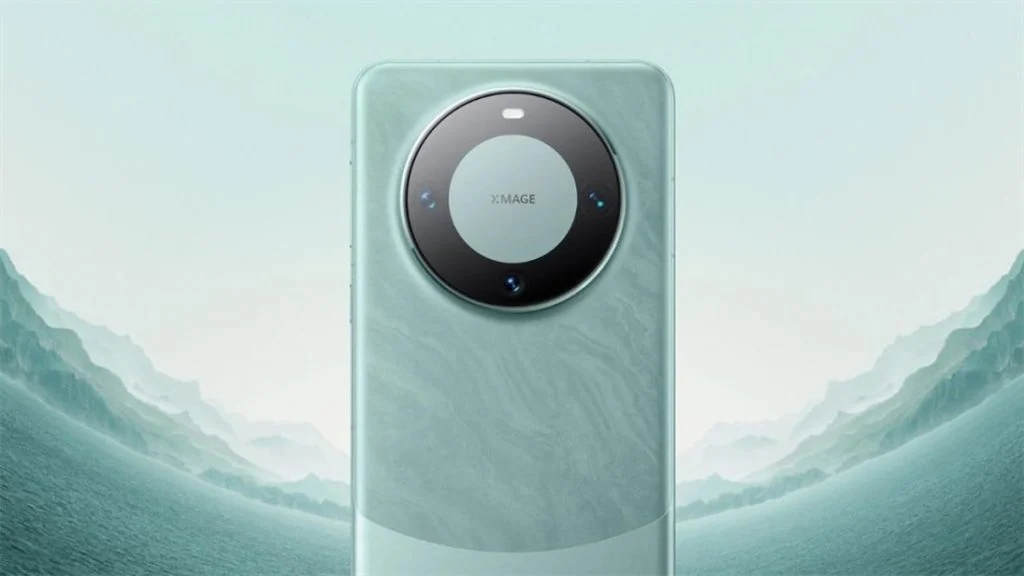completely zero
To answer this question, let’s understand what temperature is. We’re used to thinking of temperature as how hot or cold something is, but it’s actually a measure of the energy, or vibration, of all the particles in a system. Because hot objects have more energy, their particles can vibrate faster. The point at which particles have no energy and therefore stop moving is defined as absolute zero.
Scientists are interested in reaching such low temperatures because many interesting quantum effects occur when particles slow down.
Early ultracold experiments in the 1990s used a technique known as laser cooling to begin exploring these effects. In this case, light affects the atoms with a force that slows them down to very low temperatures, about 1 kelvin (minus 272.15 degrees). This is a low enough temperature to observe quantum behavior in solids and liquids, but for the gases we study, temperatures of 10 nanokelvins are needed to achieve these quantum effects.
The lowest temperature ever recorded in the laboratory was achieved by a group in Germany in 2021. The team dropped atoms of magnetized gas from a 120-meter-tall tower and repeatedly turned the magnetic field on and off to slow the particles to a near-stop. In one such experiment, known as magnetic trap cooling, gaseous particles reached an incredible 38 picokelvins (38 trillionths of a degree above absolute zero and within the range that allows quantum effects in gases to be observed).
So, does it make sense to try to cool the materials even further? Probably not, according to scientists.
We are more interested in these quantum effects than reaching absolute zero. Laser-cooled atoms are already used in atomic standards (atomic clocks) and quantum computers that determine universal time. Low-temperature operation is still in the research phase, and people use these techniques to test universal physical theories.
– says Christopher Foote, ultra-low temperature physicist at Oxford University.
It is not currently possible to cool these last 38 trillion degrees. There are a few more hurdles to overcome to make this a reality. Actually even If we reach absolute zero, we may not notice it due to inaccuracy of measurement methods. With current tools we can’t tell whether this is zero or a very, very small number. Measuring absolute zero requires a thermometer of infinite accuracy, beyond the limits of our current measurement systems.
Source: 24 Tv
I’m Maurice Knox, a professional news writer with a focus on science. I work for Div Bracket. My articles cover everything from the latest scientific breakthroughs to advances in technology and medicine. I have a passion for understanding the world around us and helping people stay informed about important developments in science and beyond.













